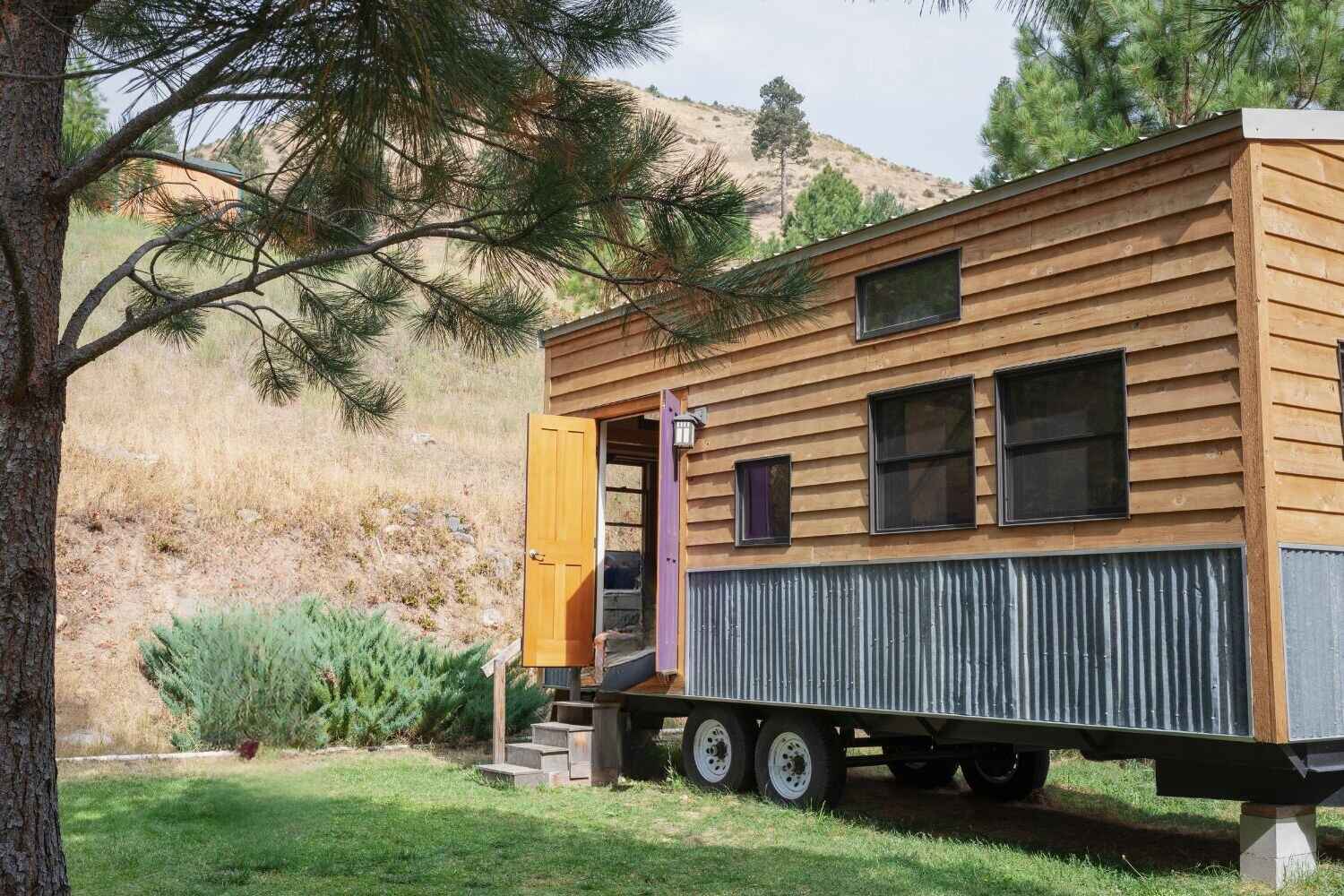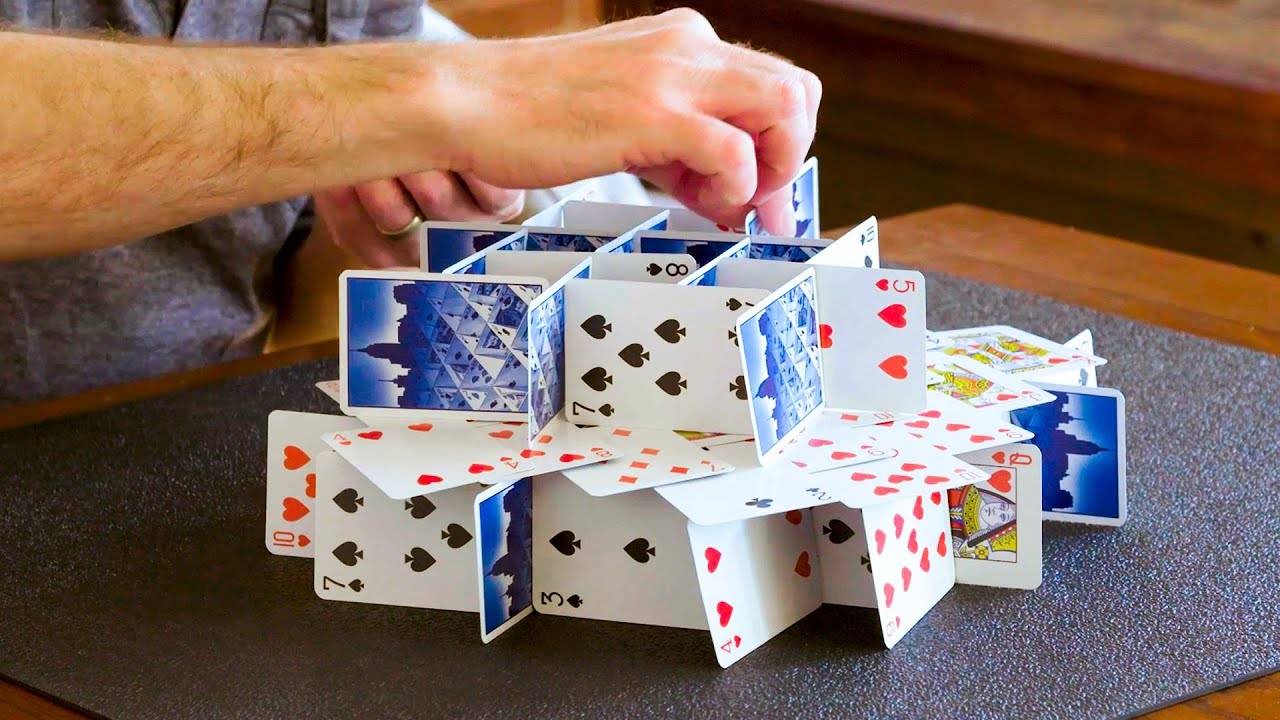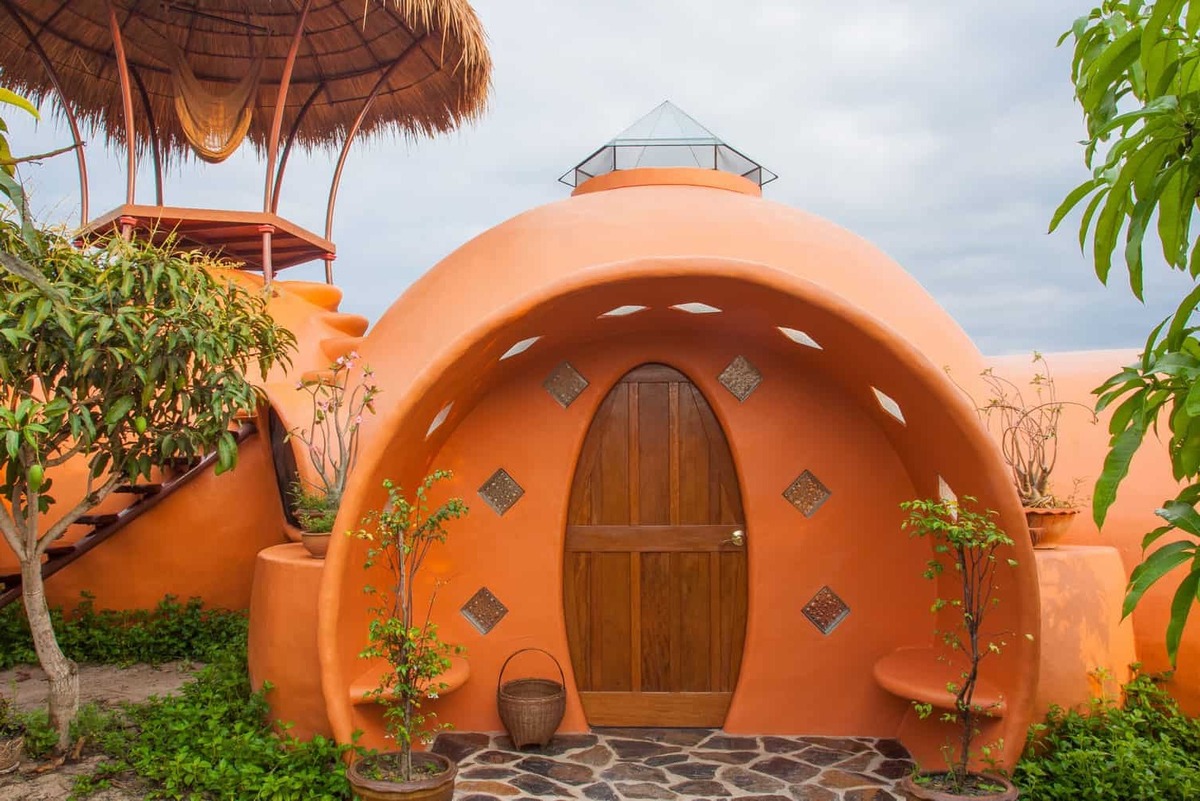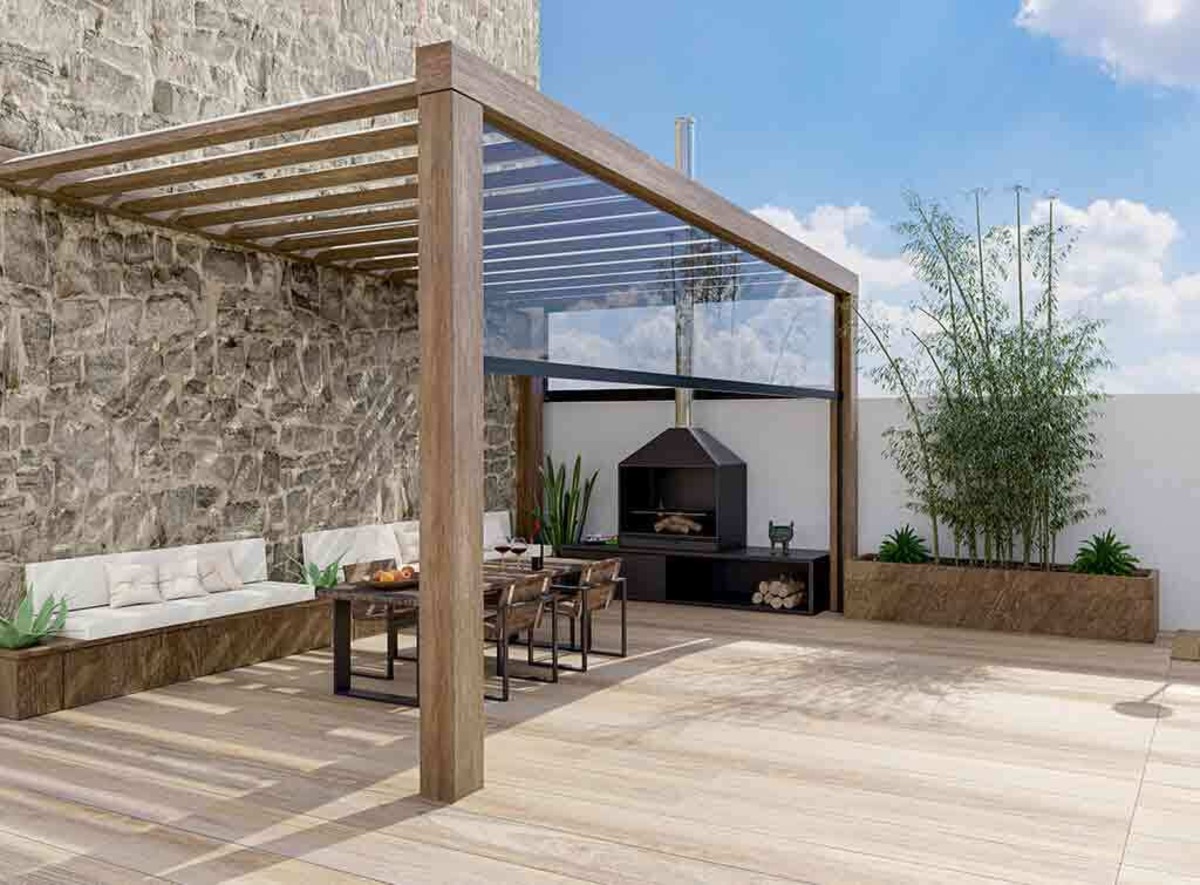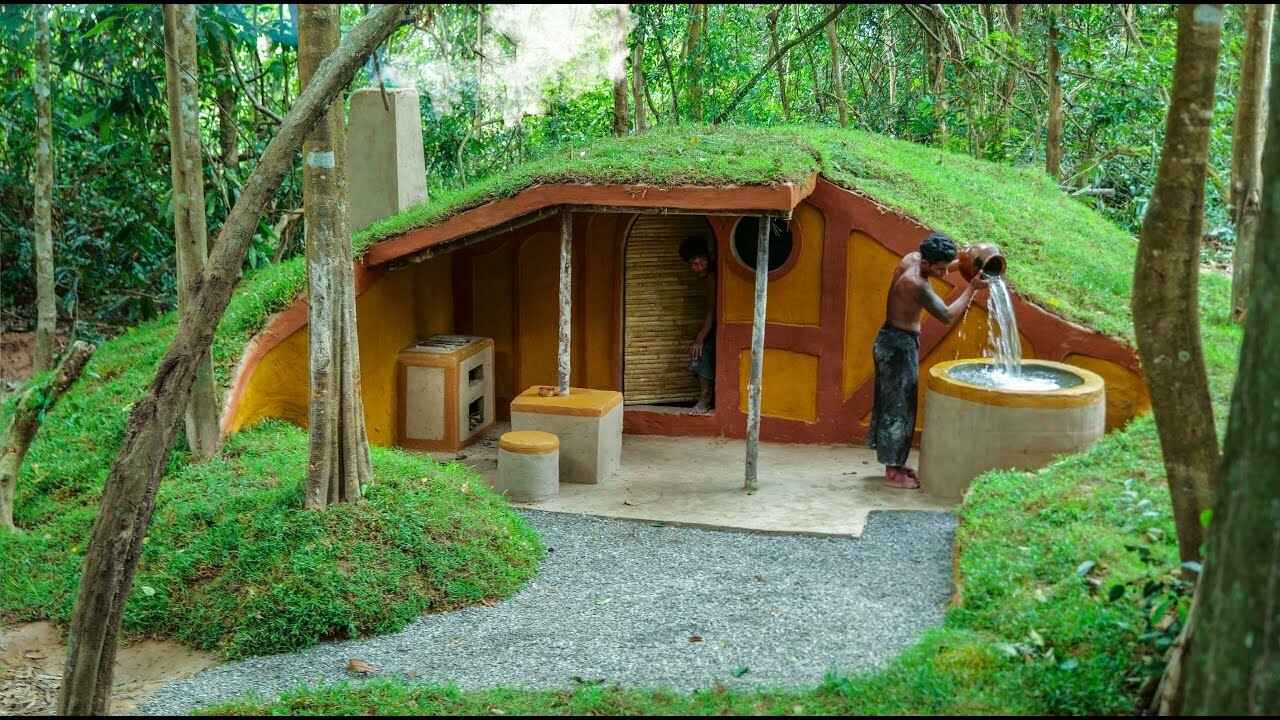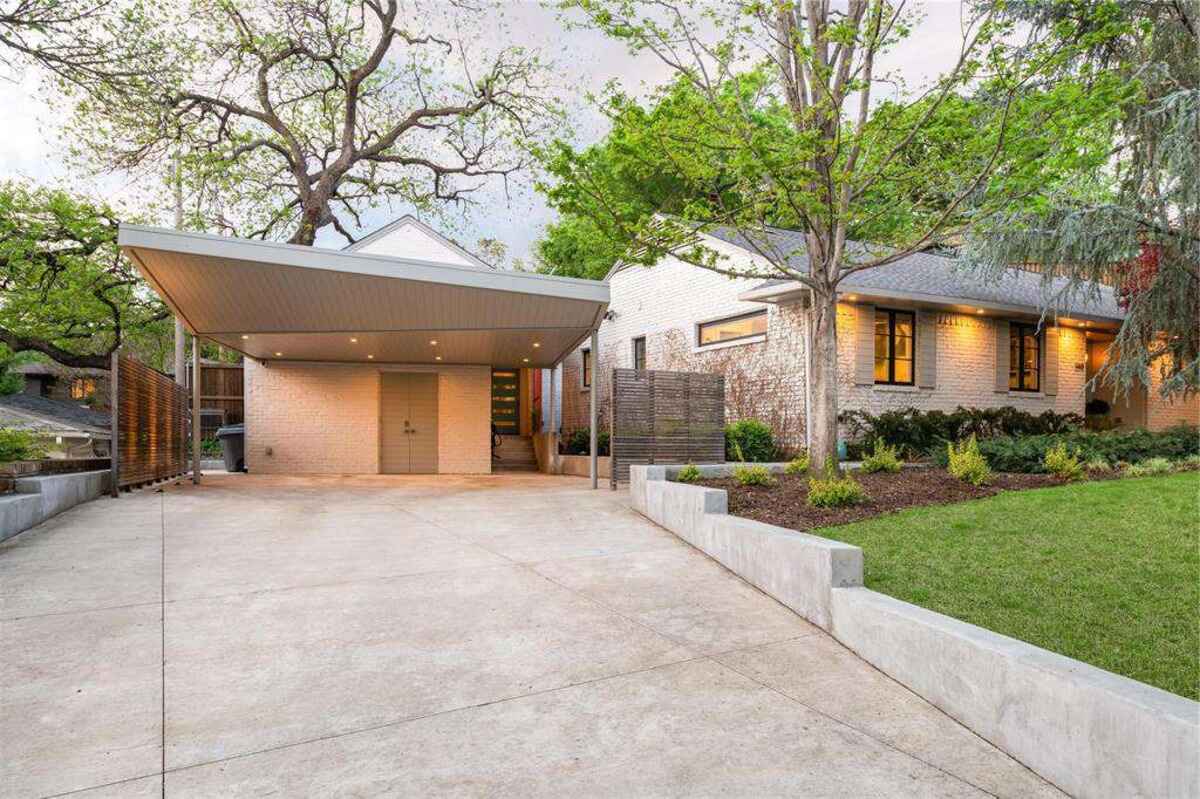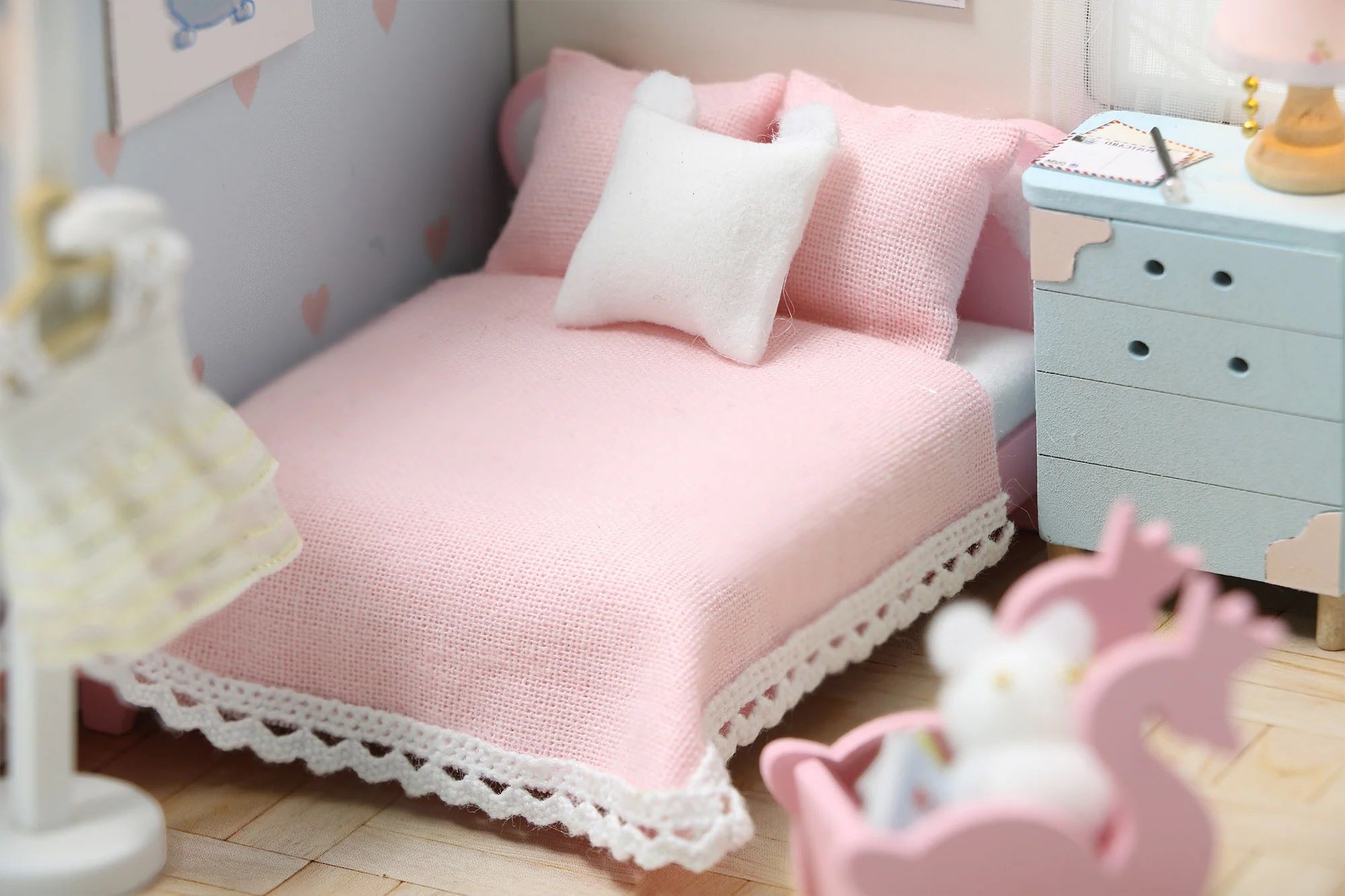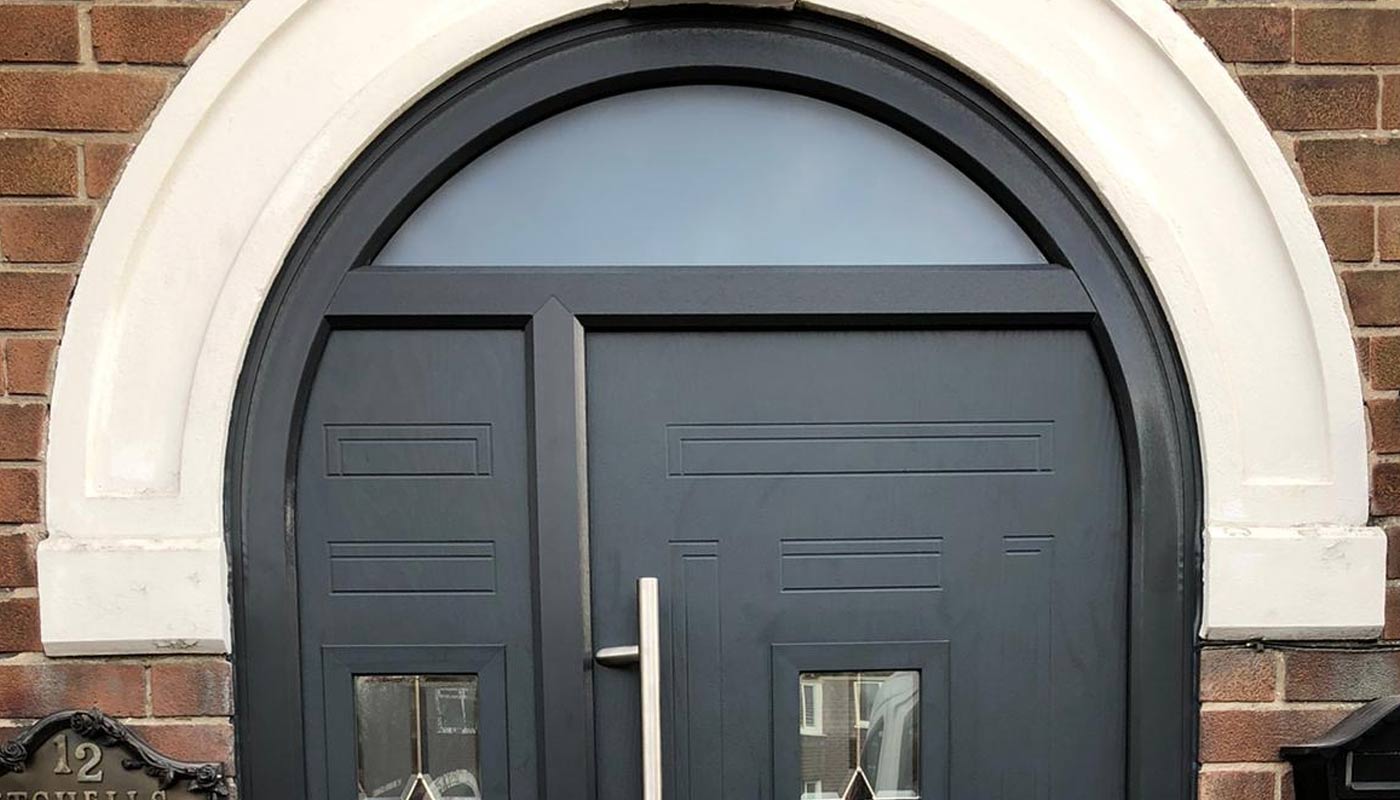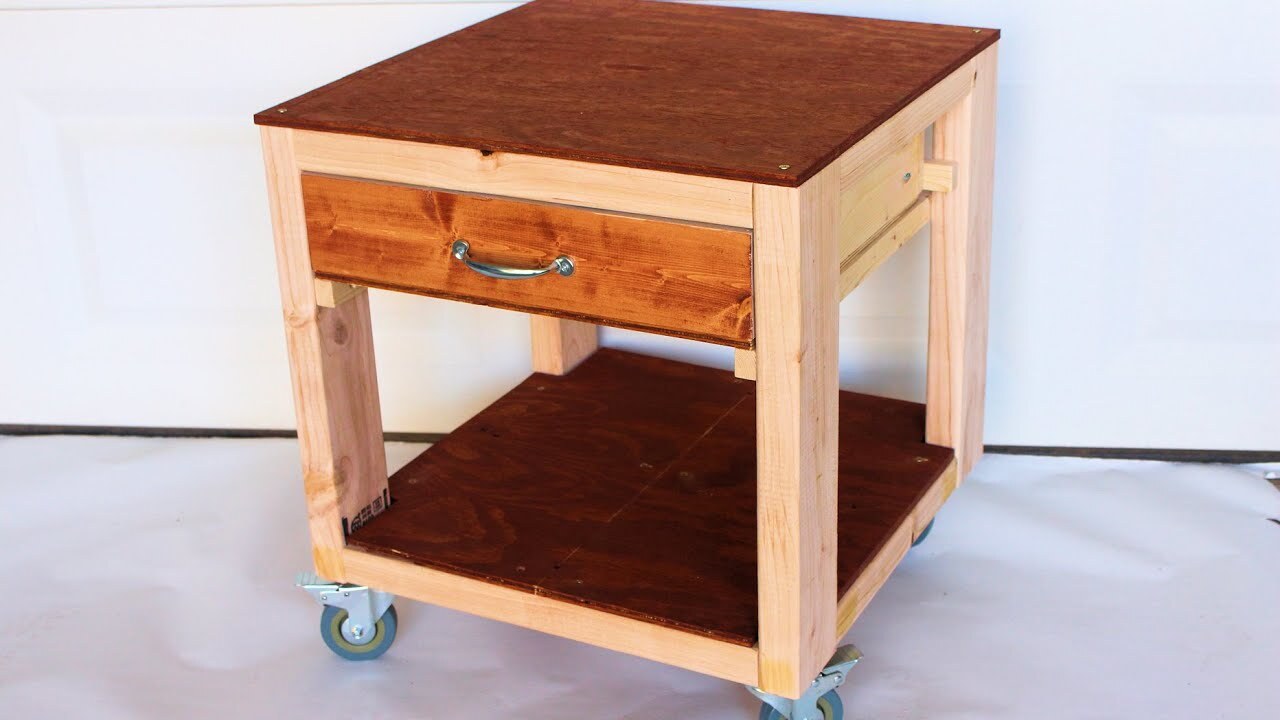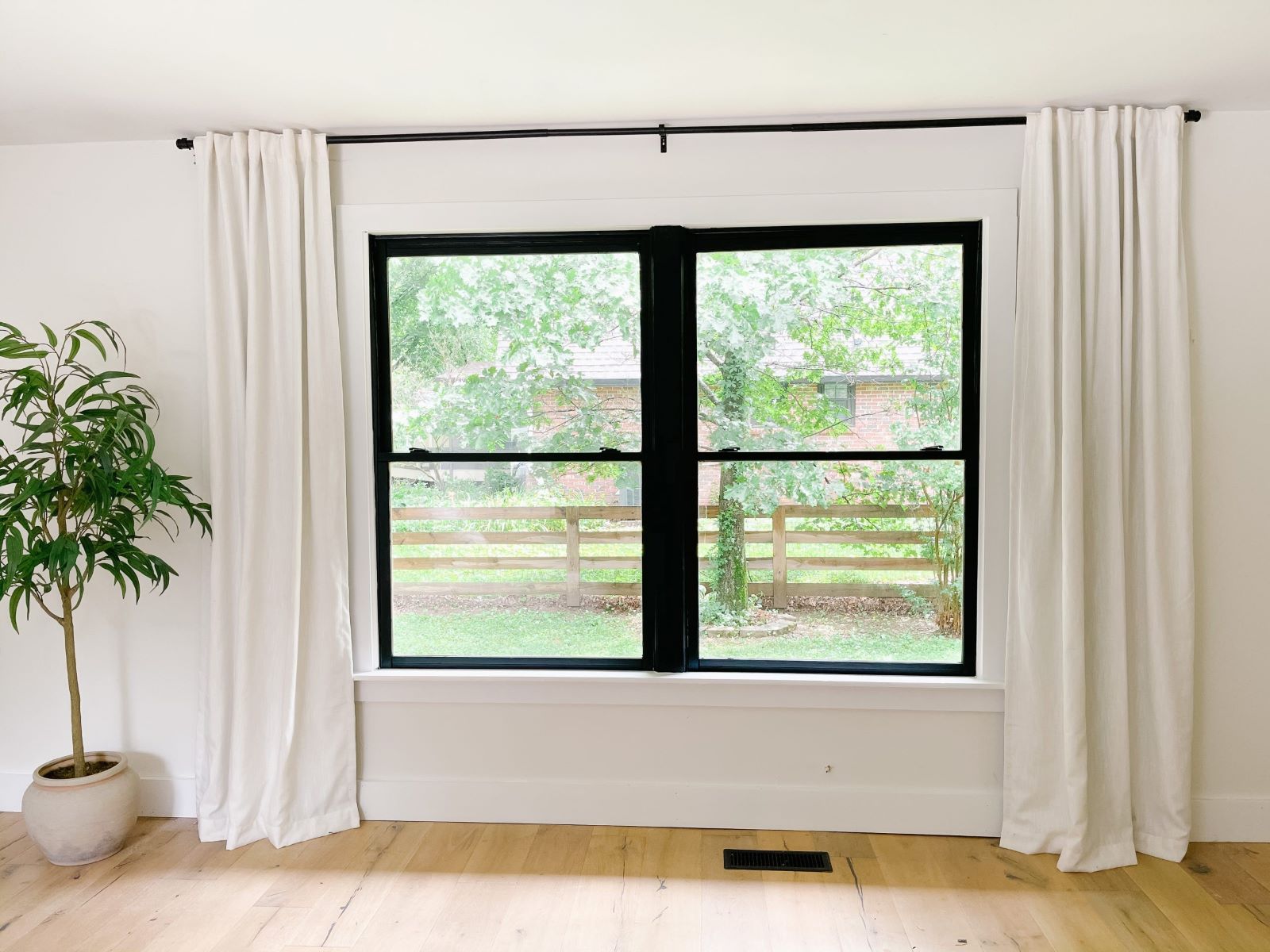Home>Create & Decorate>DIY & Crafts>How To Build A Tiny House On Wheels
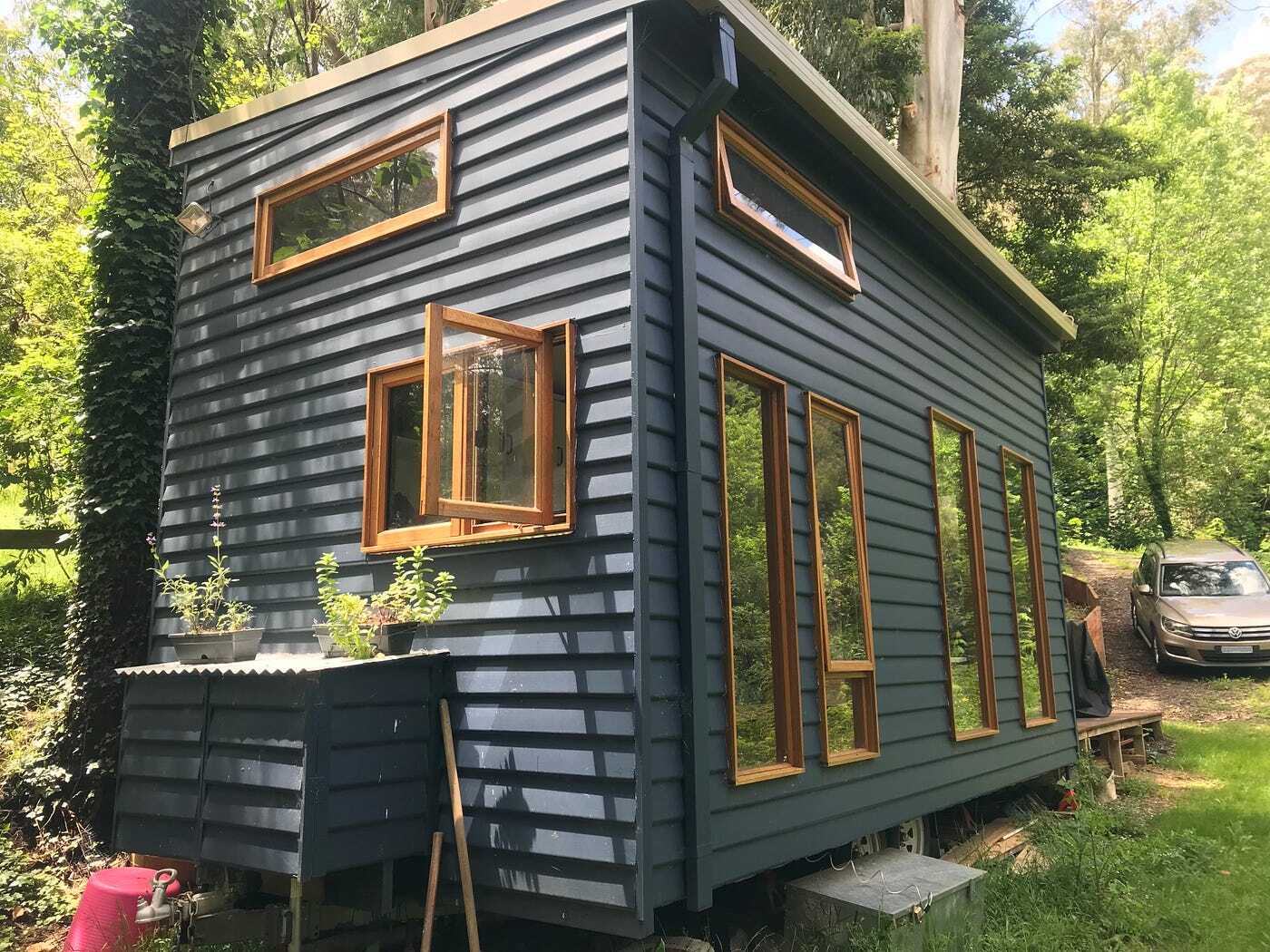

DIY & Crafts
How To Build A Tiny House On Wheels
Published: April 16, 2024

Senior Editor in Create & Decorate, Kathryn combines traditional craftsmanship with contemporary trends. Her background in textile design and commitment to sustainable crafts inspire both content and community.
Learn how to build a DIY tiny house on wheels with our step-by-step guide. Get creative with your DIY and crafts skills to create your dream tiny home.
(Many of the links in this article redirect to a specific reviewed product. Your purchase of these products through affiliate links helps to generate commission for Twigandthistle.com, at no extra cost. Learn more)
Introduction
So, you've decided to take the plunge and build your very own tiny house on wheels. Congratulations! Building a tiny house on wheels can be an exciting and rewarding project, offering the freedom to live a minimalist lifestyle while still having the flexibility to travel. In this guide, we'll walk you through the essential steps to help you bring your dream of a mobile tiny home to life. From choosing the right trailer to designing and building your tiny house, we've got you covered. Let's dive in and get started on this incredible journey!
Read more: How To Build An Owl House
Choosing the Right Trailer
When it comes to building a tiny house on wheels, choosing the right trailer is the crucial first step. Here are some key factors to consider when selecting the perfect trailer for your tiny house project:
1. Size and Weight Capacity
The size and weight capacity of the trailer will determine the overall dimensions and weight of your tiny house. Ensure that the trailer is large enough to accommodate your design plans and has the capacity to support the weight of the structure, including furnishings and appliances.
2. Trailer Type
There are various types of trailers to choose from, including flatbed, utility, and gooseneck trailers. Each type has its own advantages and limitations, so it's essential to select a trailer that aligns with your specific needs and design requirements.
3. Mobility and Maneuverability
Consider the mobility and maneuverability of the trailer, especially if you plan to travel frequently with your tiny house. Look for trailers with reliable suspension systems and easy towing capabilities to ensure a smooth and safe journey on the road.
4. Durability and Construction
Opt for a trailer that is built to withstand the rigors of travel and varying weather conditions. High-quality steel or aluminum construction, reinforced framing, and corrosion-resistant materials are essential for ensuring the longevity and structural integrity of your tiny house on wheels.
5. Legal and Safety Compliance
Before making a final decision, familiarize yourself with local regulations and safety standards for towing a tiny house on the road. Ensure that the trailer meets all legal requirements and safety guidelines to avoid any potential issues during transportation.
By carefully considering these factors and conducting thorough research, you can select a trailer that serves as a solid foundation for your tiny house on wheels, setting the stage for a successful and fulfilling DIY project.
Designing Your Tiny House
Designing your tiny house is where your creativity and practicality come together to create a space that is both functional and aesthetically pleasing. Here are the essential steps to consider when designing your tiny house on wheels:
1. Layout and Floor Plan
The layout and floor plan of your tiny house will significantly impact its livability. Consider how you want to utilize the space, whether it's an open floor plan, a lofted bedroom, or a multi-functional living area. Sketch out different layout options to determine the most efficient and comfortable arrangement for your needs.
Read more: How To Build A Frame House
2. Storage Solutions
Maximizing storage is crucial in a tiny house. Incorporate innovative storage solutions such as built-in cabinets, under-stair storage, and multi-purpose furniture to optimize space and keep your tiny home organized and clutter-free.
3. Functional Kitchen and Bathroom
Design a compact yet functional kitchen and bathroom that meet your daily requirements. Utilize space-saving appliances, fold-down countertops, and smart storage to make the most of these essential areas without sacrificing convenience.
4. Energy-Efficient Design
Incorporate energy-efficient features into your design, such as ample natural lighting, high-quality insulation, and sustainable materials. These elements not only reduce energy consumption but also contribute to a comfortable and eco-friendly living environment.
5. Exterior Aesthetics
Consider the exterior aesthetics of your tiny house, including the choice of siding, roofing, and window styles. Opt for durable and low-maintenance materials that complement the overall design while ensuring protection from the elements during travel.
Read more: How To Build A Deck Off A House
6. Personalization and Customization
Add personal touches and custom elements to make your tiny house feel like home. Whether it's a unique interior finish, a cozy reading nook, or a custom-built storage solution, infusing your personality into the design will create a space that truly reflects your lifestyle and preferences.
By carefully planning and designing your tiny house on wheels, you can create a harmonious and functional living space that meets your specific needs and enhances your mobile lifestyle.
Building the Foundation and Frame
Building the foundation and frame of your tiny house on wheels is a critical phase that sets the stage for the structural integrity and stability of your mobile dwelling. Here's a detailed breakdown of the essential steps involved in this foundational process:
-
Selecting the Foundation
- Choose a suitable foundation for your tiny house, such as a steel frame or a robust trailer base. Ensure that the foundation provides adequate support and meets safety standards for transportation.
-
Securing the Foundation
- Secure the foundation to the trailer using anchor bolts, welding, or other reliable fastening methods. This step is crucial for ensuring that the foundation and the trailer form a solid and secure base for the entire structure.
-
Building the Subfloor
- Construct the subfloor using sturdy materials such as treated plywood or composite decking. The subfloor serves as the base for the flooring and provides a level and stable surface for the rest of the construction.
-
Frame Construction
- Build the frame of the tiny house using quality lumber or steel framing. Follow the design plans and ensure precise measurements and sturdy connections to create a robust framework that can withstand the stresses of transportation and everyday use.
-
Wall and Roof Assembly
- Assemble the walls and roof components, ensuring proper insulation and weatherproofing. Incorporate window and door openings as per the design, and reinforce the structure to withstand wind loads and road vibrations.
-
Structural Reinforcement
- Strengthen the frame and connections to enhance structural integrity. Consider adding diagonal bracing, hurricane ties, and other reinforcement elements to ensure that the tiny house remains stable and secure during transit.
-
Inspecting for Quality and Safety
- Thoroughly inspect the foundation and frame for quality, accuracy, and compliance with safety standards. Address any potential issues or structural concerns before proceeding to the next phase of construction.
By meticulously executing the foundation and frame construction process, you can establish a solid and durable base for your tiny house on wheels, laying the groundwork for the subsequent stages of building and customization.
Installing Utilities and Systems
When it comes to installing utilities and systems in your tiny house on wheels, careful planning and efficient implementation are essential to ensure functionality and comfort on the go. Here's a comprehensive guide to the installation of utilities and systems in your mobile dwelling:
-
Electrical Wiring and Power Supply
- Begin by mapping out the electrical layout, including the placement of outlets, switches, and lighting fixtures. Plan for a reliable power supply, whether through grid connection, solar panels, or a generator, to meet your energy needs.
- Install the electrical wiring, adhering to safety codes and regulations. Consider using compact and space-saving electrical components to optimize the limited interior space of the tiny house.
-
Plumbing and Water Management
- Design a practical plumbing system that includes a freshwater supply, a greywater drainage system, and, if needed, a composting or conventional toilet. Utilize flexible and durable piping materials to accommodate the movement of the tiny house during travel.
- Install water-efficient fixtures and appliances to minimize water consumption and maximize the efficiency of the plumbing system. Consider incorporating a water filtration system for clean and potable water on the road.
-
Heating and Cooling Solutions
- Select an appropriate heating and cooling system that suits the climate conditions you are likely to encounter during your travels. Options may include compact heaters, mini-split air conditioners, or wood-burning stoves, depending on your preferences and energy requirements.
- Ensure proper insulation and ventilation to maintain a comfortable interior temperature while conserving energy. Consider utilizing passive heating and cooling techniques to reduce reliance on mechanical systems.
-
Ventilation and Air Quality
- Implement effective ventilation solutions to promote air circulation and maintain indoor air quality. Install exhaust fans in the kitchen and bathroom areas to remove moisture and odors, and consider incorporating operable windows for natural ventilation.
- Integrate air filtration systems to minimize dust, allergens, and pollutants, especially if you have sensitivities or allergies. Prioritize the use of eco-friendly and non-toxic materials to enhance the overall indoor air quality.
-
Smart Technology and Connectivity
- Embrace smart home technology to enhance convenience and efficiency within your tiny house. Consider integrating smart thermostats, energy monitoring systems, and remote-controlled appliances to manage energy usage and monitor systems while on the move.
- Ensure reliable internet connectivity by utilizing mobile hotspots or satellite internet options, enabling you to stay connected and productive during your travels.
By meticulously installing utilities and systems in your tiny house on wheels, you can create a self-sufficient and comfortable living space that meets your daily needs while embracing a mobile lifestyle.
Interior and Exterior Finishing
The interior and exterior finishing stages of building a tiny house on wheels are where the vision of your mobile dwelling truly comes to life. From creating a cozy and functional interior to adding the final touches that enhance the curb appeal, the finishing touches play a pivotal role in the overall appeal and livability of your tiny home.
Read more: How to Build a Sprinter Van Kitchen
Interior Finishing
-
Wall and Ceiling Treatments: Choose wall and ceiling treatments that reflect your personal style and contribute to the ambiance of the interior space. Options include wood paneling, shiplap, drywall, or eco-friendly alternatives such as reclaimed wood or bamboo.
-
Flooring Selection: Select durable and visually appealing flooring materials that can withstand the demands of a mobile lifestyle. Consider options such as hardwood, laminate, vinyl plank, or eco-friendly cork flooring for a comfortable and easy-to-maintain surface.
-
Interior Trim and Molding: Install trim and molding to add a polished look to the interior. Utilize trim elements around doors, windows, and baseboards to create a cohesive and finished appearance throughout the tiny house.
-
Cabinetry and Countertops: Choose functional and space-efficient cabinetry and countertops for the kitchen, bathroom, and storage areas. Opt for lightweight yet sturdy materials to minimize the overall weight of the tiny house.
-
Lighting Fixtures: Install a combination of natural and artificial lighting to illuminate the interior space. Consider energy-efficient LED fixtures, skylights, and strategically placed windows to maximize natural light and create a bright and inviting atmosphere.
-
Interior Decor and Furnishings: Personalize the interior with decor and furnishings that complement the overall design. Select multi-functional furniture pieces, compact appliances, and storage solutions that optimize space without compromising comfort.
Exterior Finishing
-
Siding and Cladding: Choose weather-resistant siding materials that provide protection and visual appeal to the exterior of the tiny house. Options include cedar shingles, vinyl siding, metal panels, or composite cladding, each offering unique aesthetics and durability.
-
Roofing and Gutters: Select a reliable roofing material that ensures proper water drainage and weatherproofing. Install gutters and downspouts to manage rainwater and prevent moisture-related issues on the exterior and around the foundation.
-
Exterior Trim and Detailing: Add exterior trim elements and detailing to enhance the architectural character of the tiny house. Consider decorative accents, window shutters, and trim borders to elevate the visual appeal of the exterior facade.
-
Doors and Windows: Install energy-efficient doors and windows that provide security, insulation, and natural ventilation. Opt for compact and operable window designs to maximize airflow and natural light while maintaining a sleek exterior profile.
-
Exterior Lighting and Landscaping: Incorporate exterior lighting fixtures to illuminate the entryway and outdoor living spaces. Enhance the surroundings with low-maintenance landscaping, potted plants, and outdoor seating to create a welcoming and inviting exterior environment.
By meticulously attending to the interior and exterior finishing details, you can transform your tiny house on wheels into a charming and functional living space that reflects your personal style and meets the demands of a mobile lifestyle.
Making Your Tiny House Mobile
Making your tiny house mobile involves a series of essential considerations and modifications to ensure that it is roadworthy and capable of safe and efficient travel. Here's a detailed breakdown of the key steps involved in making your tiny house truly mobile:
-
Towing and Hitching Mechanism:
- Select a reliable towing vehicle that matches the weight and towing capacity of your tiny house. Ensure that the hitching mechanism, such as a gooseneck or bumper pull, is securely attached and compatible with the trailer for safe towing.
-
Weight Distribution and Balance:
- Distribute the weight of your belongings and fixtures evenly within the tiny house to maintain proper balance and stability during travel. Avoid overloading one side or the rear of the trailer, which can affect towing dynamics and safety.
-
Road-Ready Safety Features:
- Install road-ready safety features such as trailer brakes, taillights, and turn signals to comply with transportation regulations and enhance visibility on the road. Consider adding reflective tape or markings to increase the visibility of your tiny house, especially during nighttime travel.
-
Securing Interior Elements:
- Secure interior elements such as furniture, appliances, and decor to prevent shifting or damage during transit. Utilize latches, straps, and non-slip padding to keep items in place and minimize the risk of movement while on the road.
-
Weatherproofing and Sealing:
- Ensure that all exterior openings, including doors, windows, and roof vents, are properly sealed and weatherproofed to prevent water intrusion and maintain interior comfort during travel. Inspect and reinforce seals and caulking as needed to withstand road vibrations and weather exposure.
-
Travel-Ready Utilities:
- Prepare utilities such as water, propane, and electrical connections for travel by securing hoses, lines, and cables to prevent damage or disconnection while in transit. Consider utilizing quick-release connectors and protective covers for added convenience and safety.
-
Road-Test and Inspection:
- Conduct a thorough road-test to assess the handling and performance of your tiny house on wheels. Pay attention to stability, braking, and overall towing behavior, and address any issues or adjustments needed before embarking on extended travel.
-
Route Planning and Regulations:
- Familiarize yourself with local and interstate regulations for towing a tiny house, including height, width, and weight restrictions. Plan your travel routes accordingly, considering road conditions, clearances, and designated RV-friendly routes to ensure a smooth and hassle-free journey.
By meticulously preparing and modifying your tiny house for mobility, you can embark on exciting adventures and enjoy the freedom of a nomadic lifestyle while bringing your cozy home wherever the road may lead.
Conclusion
In conclusion, building a tiny house on wheels is a remarkable endeavor that offers the perfect blend of mobility, sustainability, and personalized living. From selecting the right trailer to designing, constructing, and making your tiny house roadworthy, each step is a testament to your creativity and determination. As you embark on this journey, remember that attention to detail, safety, and compliance with regulations are paramount. Whether you're seeking a minimalist lifestyle, a travel-centric existence, or a sustainable housing solution, a well-crafted tiny house on wheels can fulfill your aspirations. Embrace the challenges, relish the process, and revel in the freedom of creating a home that moves with you. With the right planning, execution, and a touch of ingenuity, your tiny house on wheels can become a symbol of independence, comfort, and boundless adventure.

